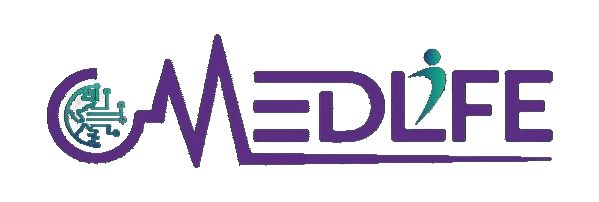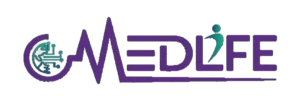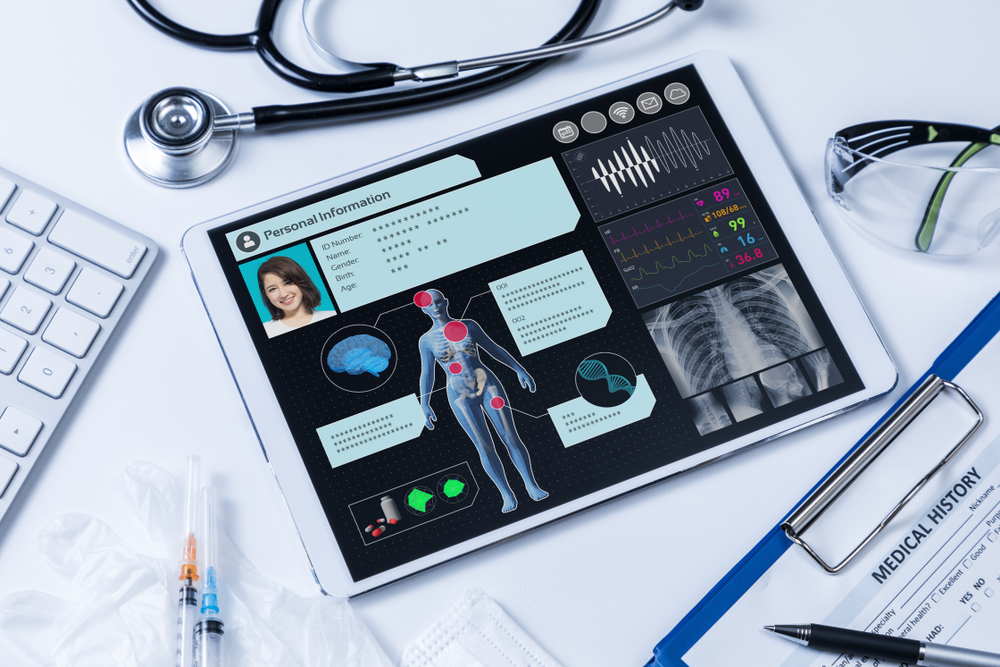In the healthcare industry, efficiency and accuracy are paramount to both patient care and financial stability. One of the most significant advancements facilitating this balance is the integration of Revenue Cycle Management (RCM) with Electronic Health Records (EHR) systems. This seamless connection not only streamlines administrative processes but also enhances the overall quality of care provided to patients. This article explores the importance, benefits, challenges, and best practices of integrating RCM with EHR systems, highlighting how this synergy contributes to a more efficient healthcare environment.
Understanding Revenue Cycle Management and Electronic Health Records
What is Revenue Cycle Management?
Revenue Cycle Management encompasses all the administrative and clinical functions that contribute to the capture, management, and collection of patient service revenue. From patient registration and appointment scheduling to billing and collections, RCM ensures that healthcare providers receive timely and accurate payments for their services. Effective RCM is crucial for maintaining a healthy cash flow, reducing administrative burdens, and ensuring compliance with regulatory standards.
What are Electronic Health Records?
Electronic Health Records are digital versions of patients’ paper charts. EHRs are real-time, patient-centered records that make information available instantly and securely to authorized users. They contain a comprehensive view of a patient’s medical history, diagnoses, medications, treatment plans, immunization dates, allergies, radiology images, and laboratory test results. EHRs facilitate better coordination of care, improve patient outcomes, and enhance the overall efficiency of healthcare delivery.
The Importance of Integrating RCM with EHR Systems
Integrating RCM with EHR systems bridges the gap between clinical and financial operations within healthcare organizations. This integration ensures that patient information flows seamlessly between departments, reducing the need for manual data entry and minimizing the risk of errors. By aligning clinical documentation with financial processes, healthcare providers can achieve greater accuracy in billing, enhance compliance, and improve the overall efficiency of their revenue cycles.
Benefits of Integration
Streamlined Data Flow
One of the primary benefits of integrating RCM with EHR systems is the streamlined flow of data. Patient information entered during clinical visits automatically populates billing systems, eliminating the need for duplicate entries. This automation not only saves time but also reduces the likelihood of errors, ensuring that billing information accurately reflects the services provided.
Improved Accuracy in Billing and Coding
Accurate billing and coding are essential for maximizing reimbursements and minimizing claim denials. Integration between RCM and EHR systems ensures that billing codes are directly derived from clinical documentation. This alignment enhances the precision of coding, leading to higher claim approval rates and faster reimbursements. Additionally, automated checks can identify discrepancies between clinical notes and billing codes, allowing for prompt corrections before claims are submitted.
Enhanced Patient Care and Satisfaction
When administrative processes are efficient, healthcare providers can focus more on patient care rather than paperwork. Integration between RCM and EHR systems reduces administrative burdens, allowing staff to dedicate more time to patient interactions. Furthermore, accurate and timely billing information enhances transparency, leading to improved patient satisfaction as patients receive clear and understandable bills.
Better Financial Performance
Seamless integration of RCM with EHR systems contributes to better financial performance by accelerating the billing cycle and reducing the incidence of denied claims. Faster claim processing means quicker reimbursements, which positively impacts cash flow. Moreover, the reduction in billing errors and claim denials lowers administrative costs associated with correcting mistakes and resubmitting claims.
Enhanced Compliance and Security
Healthcare organizations must comply with various regulatory standards, including HIPAA, to protect patient information. Integrated RCM and EHR systems ensure that sensitive data is securely transmitted between departments, maintaining compliance with privacy and security regulations. Automated compliance checks can be built into the system, reducing the risk of violations and associated penalties.
Challenges of Integration
Technical Compatibility
Integrating RCM with EHR systems requires technical compatibility between different software platforms. Discrepancies in data formats, standards, and communication protocols can pose significant challenges. Ensuring that both systems can communicate effectively is essential for a successful integration.
Data Security and Privacy
Protecting patient data is a top priority in healthcare. Integration between RCM and EHR systems must adhere to strict security protocols to prevent unauthorized access and data breaches. Implementing robust encryption, access controls, and regular security audits are critical measures to safeguard sensitive information.
Cost and Resource Allocation
The integration process can be costly, requiring significant financial investment in software, hardware, and personnel training. Additionally, allocating resources to manage the integration without disrupting ongoing operations can be challenging. Healthcare organizations must carefully plan and budget for integration projects to ensure they are completed efficiently and within budget.
Staff Training and Adaptation
Introducing integrated systems necessitates comprehensive training for staff to ensure they can effectively use the new tools and processes. Resistance to change and varying levels of technical proficiency among staff can hinder the adoption of integrated systems. Providing ongoing training and support is essential for successful implementation.
Best Practices for Integration
Comprehensive Planning
Successful integration begins with thorough planning. Healthcare organizations should assess their current RCM and EHR systems, identify integration goals, and develop a detailed implementation roadmap. Involving key stakeholders from both clinical and financial departments ensures that all perspectives are considered.
Selecting Compatible Systems
Choosing RCM and EHR systems that are compatible and offer robust integration capabilities is crucial. Evaluating software options based on their ability to communicate, share data, and support automated workflows can facilitate a smoother integration process.
Ensuring Data Quality
Maintaining high data quality is essential for accurate billing and coding. Implementing data validation checks and regular audits can help identify and rectify inconsistencies or errors in the data before it is processed. Clean and accurate data ensures that billing information is reliable and reduces the likelihood of claim denials.
Prioritizing Security Measures
Integrating RCM with EHR systems must prioritize data security and privacy. Implementing strong encryption, multi-factor authentication, and role-based access controls can protect sensitive patient information. Regular security assessments and compliance audits help ensure that security measures remain effective.
Providing Comprehensive Training
Equipping staff with the necessary skills to use integrated systems is vital for successful implementation. Developing comprehensive training programs that cover both technical aspects and process changes can facilitate smooth adoption. Additionally, offering ongoing support and resources helps staff adapt to the new systems.
Monitoring and Continuous Improvement
Post-integration monitoring is essential to ensure that the systems are functioning as intended. Establishing key performance indicators (KPIs) to track the effectiveness of the integration can help identify areas for improvement. Continuous feedback from staff and regular system evaluations contribute to ongoing optimization of RCM and EHR processes.
Real-World Applications
Case Study: Enhanced Billing Accuracy in a Multi-Specialty Clinic
A multi-specialty clinic integrated its RCM system with its EHR to address frequent billing errors and delayed reimbursements. Prior to integration, the clinic faced challenges with manual data entry, leading to discrepancies between clinical documentation and billing codes. After implementing an integrated system, the clinic experienced a 25% reduction in billing errors and a 40% increase in claim approval rates. The streamlined data flow not only improved financial performance but also enhanced patient satisfaction by providing clearer and more accurate billing statements.
Example: Improved Cash Flow in a Community Health Center
A community health center adopted an integrated RCM and EHR system to enhance its financial operations. The integration allowed for real-time synchronization of patient information and billing data, accelerating the claim submission process. As a result, the health center saw a 35% decrease in days in accounts receivable and a significant improvement in cash flow. The efficient billing process enabled the center to allocate more resources towards patient care and community outreach programs.
Overcoming Integration Challenges
Addressing Technical Barriers
Healthcare organizations can overcome technical compatibility issues by partnering with experienced technology providers who offer comprehensive integration solutions. Utilizing middleware or application programming interfaces (APIs) can facilitate seamless communication between different software systems, ensuring smooth data exchange.
Strengthening Data Security
Implementing advanced security measures, such as end-to-end encryption and secure access protocols, can protect patient data during integration. Regular security training for staff and adherence to best practices in data management further enhance data security and compliance.
Managing Costs Effectively
To manage the costs associated with integration, healthcare providers can explore scalable solutions that align with their budget and growth projections. Phased implementation approaches and leveraging cloud-based systems can reduce upfront costs and offer flexibility in resource allocation.
Enhancing Staff Engagement
Engaging staff early in the integration process and addressing their concerns can foster a positive attitude towards the new systems. Providing incentives for mastering new tools and recognizing staff contributions can boost morale and encourage active participation in the integration effort.
Future Outlook
The integration of RCM with EHR systems is set to become even more sophisticated with advancements in technology. Emerging trends such as artificial intelligence, machine learning, and blockchain are expected to further enhance the capabilities of integrated systems. These technologies will enable more predictive and innovative revenue cycle management, offering deeper insights and greater automation. As healthcare organizations continue to prioritize efficiency and accuracy, the seamless integration of RCM and EHR systems will remain a cornerstone of effective financial management and high-quality patient care.
Final Thoughts
Integrating Revenue Cycle Management with Electronic Health Records systems is a transformative strategy that enhances both financial and clinical operations within healthcare organizations. The seamless flow of data between RCM and EHR systems leads to improved billing accuracy, faster claim processing, and better financial performance. Despite the challenges associated with integration, adopting best practices such as comprehensive planning, selecting compatible systems, and prioritizing data security can ensure a successful implementation. As the healthcare industry continues to evolve, the synergy between RCM and EHR systems will play a pivotal role in driving efficiency, compliance, and patient satisfaction.


